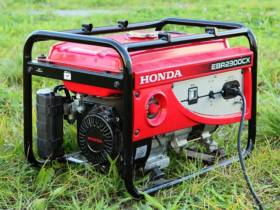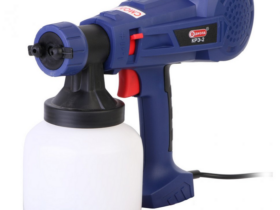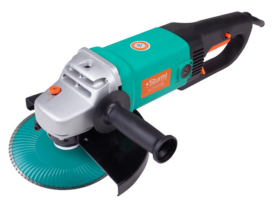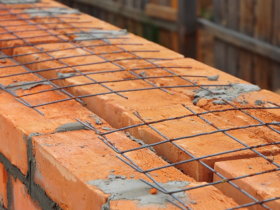The variety of rolled waterproofing material today includes roofing material, in the production of which woody technical cardboard is used, saturated with oil bitumen and covered on both sides with refractory bitumen.
The lower side of the roofing material is usually sprinkled with talc or dusty powder, which protects it from possible gluing in rolls. The front side of the roofing material is also sprinkled with protective powder. Depending on what type of facial powder is used, the roofing material is divided into stamps and can be lining or roofing.
Today, the production of roofing roofing roofing with mineral sprinkling of the RKM-350, with scaly or mica sprinkling RKCh-350 and with coarse-grained sprinkling of marble or granite crumbs RKKK-400 is established. Ruberoid brand data are most often used for the facial layer of rolled waterproofing carpets. For the lower layers, the use of a lining roofing material with dust or mineral sprinkling is quite suitable.
The assortment of the building materials market today is also replete with better roller materials – glass -grinder with coarse -grained and fine -grained sprinkles, melted and antiseptic roofing material, roofing waterproof and roofing foils.
Bitumen roller materials are glued together by bitumen mastics – cold and hot. The composition of hot bitumen mastic usually includes oil bitumen, as well as a dusty, fibrous or combined filler. Cold mastic is bitumen, solvent and filler, and is produced only by special mechanized installations.



